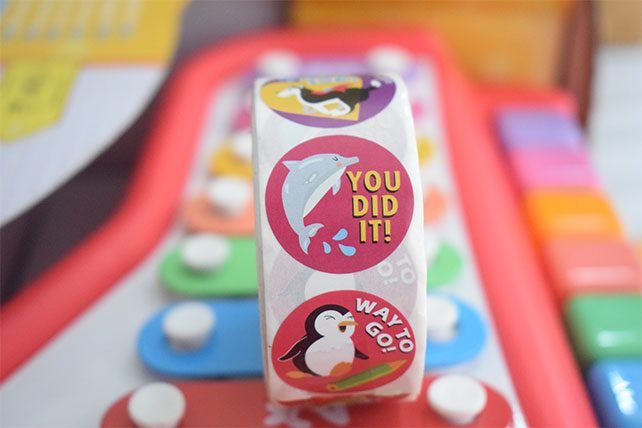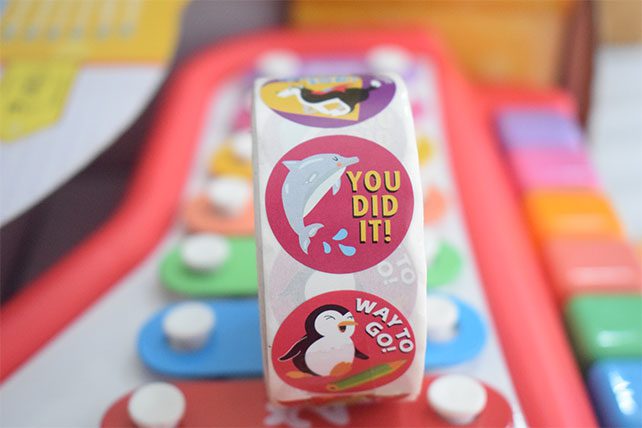[ad_1]
Using a reward system for kids is a hot topic among teachers and parents alike. You probably wonder if it’s effective to use behavior charts and to base rewards—or consequences—on them. Most child-development experts agree that a reward system for children can work, as long as it’s not punitive and doesn’t boil down to bribery.
Positive reinforcement encourages students to pay attention, follow classroom rules, and cooperate with your lesson plan. Plus, it’s much more pleasant (for adults and children alike) than constantly nagging and scolding. Sunday school teachers don’t want to spend precious classroom time disciplining kids.
A reward system for kids can take a variety of formats, depending on children’s ages and your goals. It must be fairly simple to use and to integrate into your other tasks. Otherwise the reward system will fall by the wayside rather quickly.
The point isn’t to bribe kids into sitting still or doing chores or anything else. Over-praising children isn’t the point, either. Kids need to eventually internalize their behavior and find intrinsic motivation for their actions.
So focus on encouraging and reinforcing children’s worthy actions. After a while, you won’t need to use a reward system for kids because these actions will be engrained.
Keep reading to see how other people set up and use a reward system for kids. Pick and choose your favorite aspects and then create your own. Better yet: Involve children in the process!
Launching a Reward System for Kids
1. Types of reward systems
First, consider the many types of formats that will work for a rewards system. Some people prefer sticker charts while others prefer using points that accumulate.
2. Types of prizes or rewards
Prizes can be either tangible items or activities and outings. Some people steer clear of candy and other sweet treats. Experts recommend using items that are meaningful for kids. Also try to make rewards consistent and immediate, especially for younger children. With older kids, rewards can be more long-term and varied.
Check out this long list of reward ideas!
3. Implementation tips
- Staying positive about the process and offering praise are both key. Kids will be more willing to try the reward system and will feel more invested in it.
- For younger children, use shorter-term and more immediate rewards. Also focus on just one behavior or goal at a time and use simple descriptions that kids will understand.
- For older kids, you can more easily use a point system, coupons, or menu-based options. Some parents use a reward system for allowance or for screen time.
- Consistency matters! Unless you stay on top of the reward system and follow through, it won’t lead to the desired results.
- Involve kids as much as possible. That will increase their buy-in as well as the system’s effectiveness.
[ad_2]
Source link








You must be logged in to post a comment.